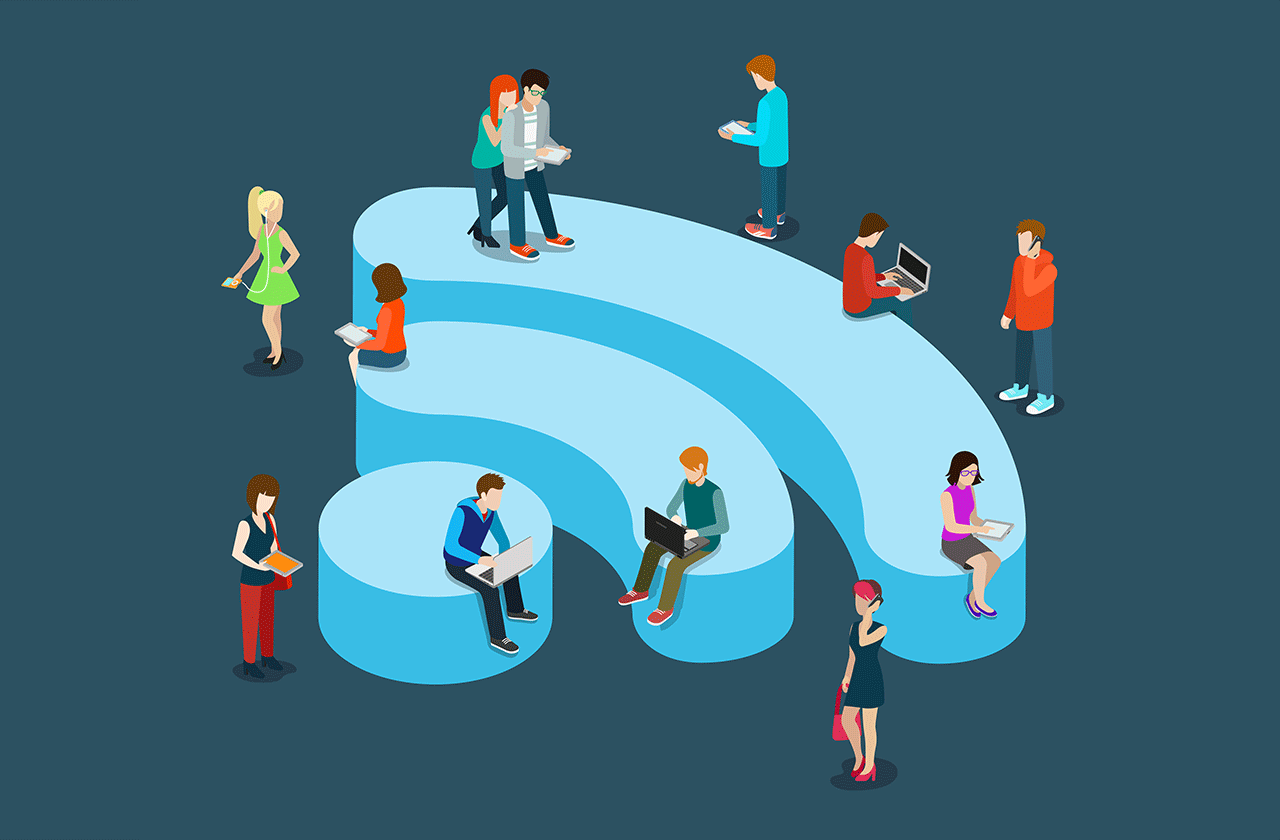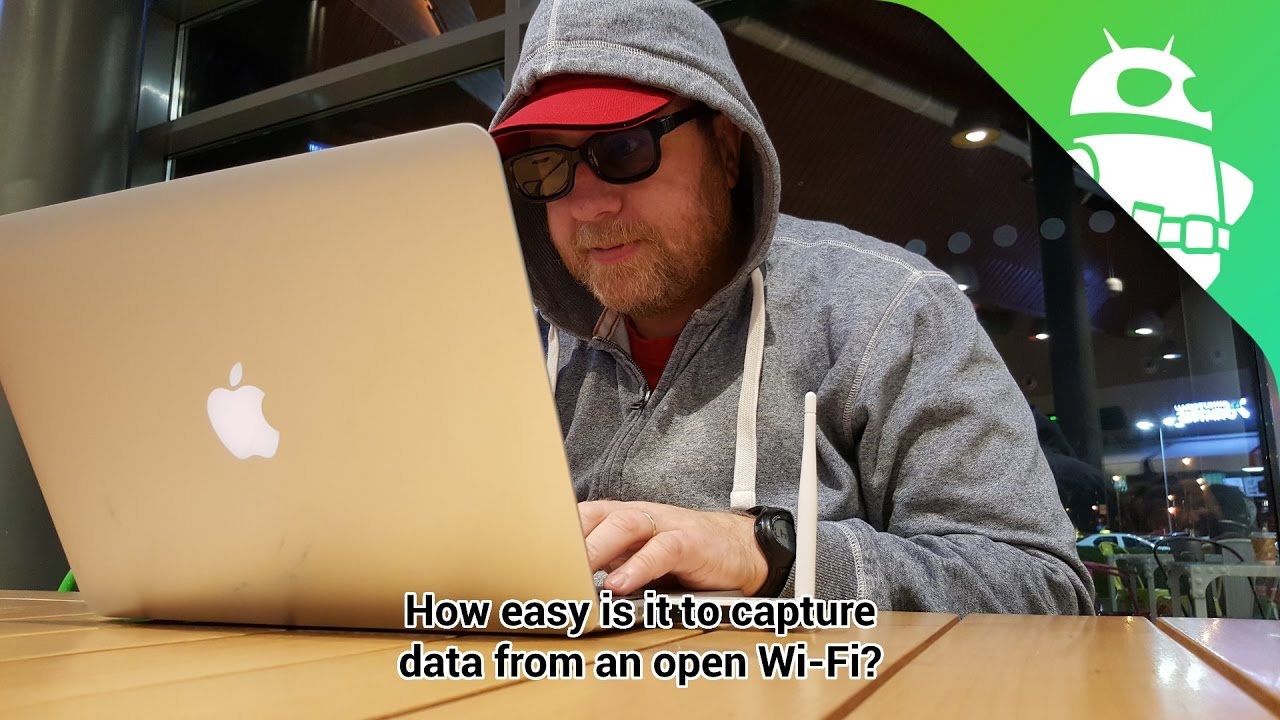A Cabinet Office report of 2015, quoted by DailyMail UK, revealed more than half of people in the UK have fallen victim to cybercriminals. According to follow-up research by Hidemyass.com (HMA), nearly two thirds (59%) of people regularly use unsecured, or ‘open’ Wi-Fi hotspots with one in five (20%) doing so weekly or more. Moreover, a very worrying factor, among those who use these unsecured networks, 19 per cent log on to online banking and 31 per cent send emails and personal documents.
Being safe on free wi-fi:
-
- Ensure a network is genuine and choose it wisely: Check the name of the network with a shop worker. According to cnet.com, “it’s pretty easy for someone who wants to intercept your data in a man-in-the-middle attack to set up a network called “Free Wi-Fi” or any other variation that includes a nearby venue name, to make you think it’s a legitimate source”. Therefore, if you are connecting via Windows, make sure to turn off file sharing and mark the Wi-Fi connection as a public network. You can find this option in the Control Panel > Network and Sharing Center > Change Advanced Sharing Settings. Under the Public heading, turn off the file sharing toggle. You may also want to turn on the Windows Firewall when connecting to a public network if it’s not already activated. These settings are also found in Control Panel > Windows Firewall.
- Check the lock: Secure websites display a green padlock symbol, also known as Https. Make sure this is present when using a site that handles personal data and avoid accessing sensitive documents or pages using public Wi-Fi.
- Use a Virtual Private Network (VPN): Not all sites display the Https lock symbol, but a VPN will act as an intermediary between the device and the internet server. A VPN client encrypts traffic between your device and the VPN server, which means it’s much more difficult for an intruder to get to your data. SecurityKiss, CyberGhost or Disconnectme are some VPN services available that will help you.
- Don’t update your software or other apps, while on a public wi-fi. Keep your browser and internet-connected devices up to date with the latest versions, but make sure to do this on a trusted home or work network — not on public Wi-Fi. There have been instances of travelers being caught off guard when connecting to public or hotel Wi-Fi networks when their device prompts them to update a software package. If accepted by the user, malware was installed on the machine.
- Enable two-factor authentication. According to cnet.com, this is a good piece of advice on services such as Gmail, Twitter and Facebook. This way, even if someone does manage to steal your password when on public Wi-Fi, you have an added layer of protection. Moreover, as a general rule, try not to use the same password across multiple services.
- Downloading an app? Check permissions: Before installing, make sure apps can’t access unnecessary information. For example, a drawing app shouldn’t need a contacts list.
- Turn-off sharing. When you’re on a public network, you’ll want to turn these things off, as anyone can access them and, depending on your setup, some of that stuff probably isn’t even password protected.
- Automate Your Public Wi-Fi Security Settings. According to lifehacker.com, there are a few ways to automate the process so you automatically get extra protection when connected to a public Wi-Fi network. When you first connect to any given network on Windows, you’ll be asked whether you’re connecting to a network at your home, work, or if it’s public. Each of these choices will flip the switch on a preset list of settings. The public setting, naturally, will give you the most security. If you want more control, NetSetMan is a great program to customize your network profiles for different networks; you choose your IP address, DNS server, or even run scripts (opening the window for pretty much any action) every time you connect to one of your preset networks. “OS X doesn’t have these options built-in like Windows, but an app like ControlPlane can do a fair amount of customization. With it, you can turn on your firewall, turn off sharing, connect to a VPN, and a whole lot more, all depending on the network you’ve connected to,” adds lifehacker.com.
- Forget the network: When leaving a public network, don’t just log off, ask the device to forget the network so it doesn’t automatically log on when in range later.




















